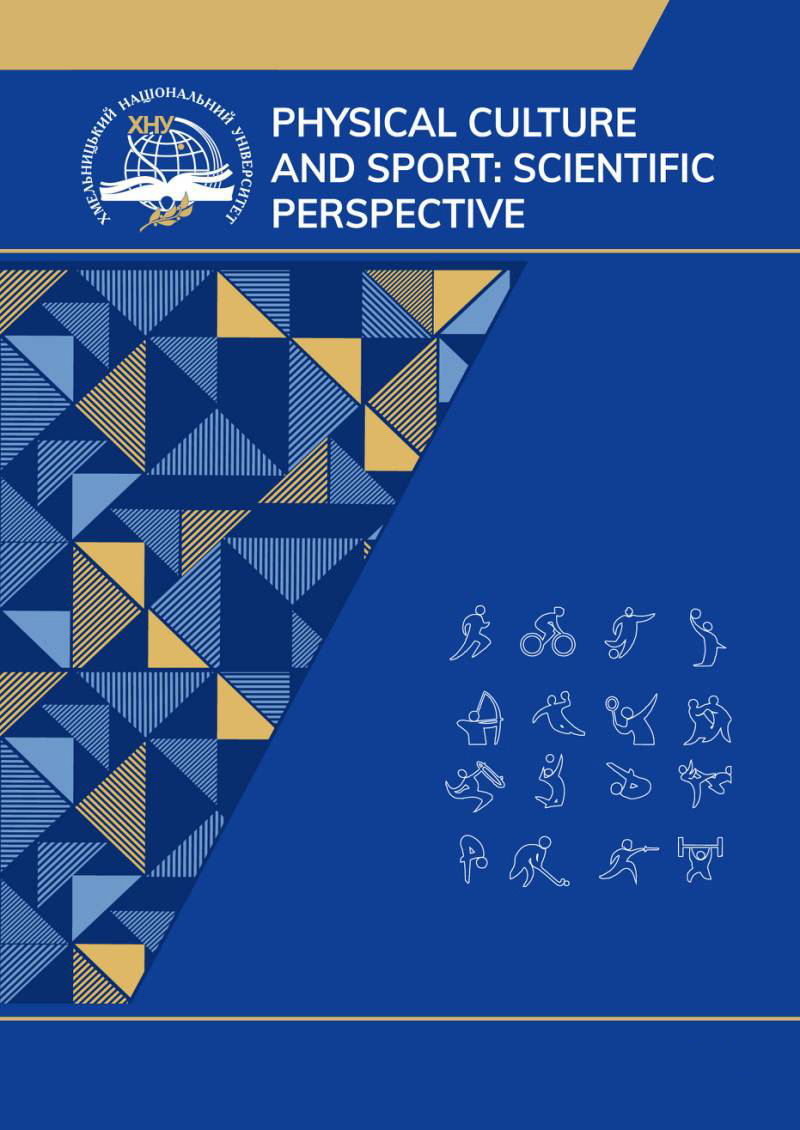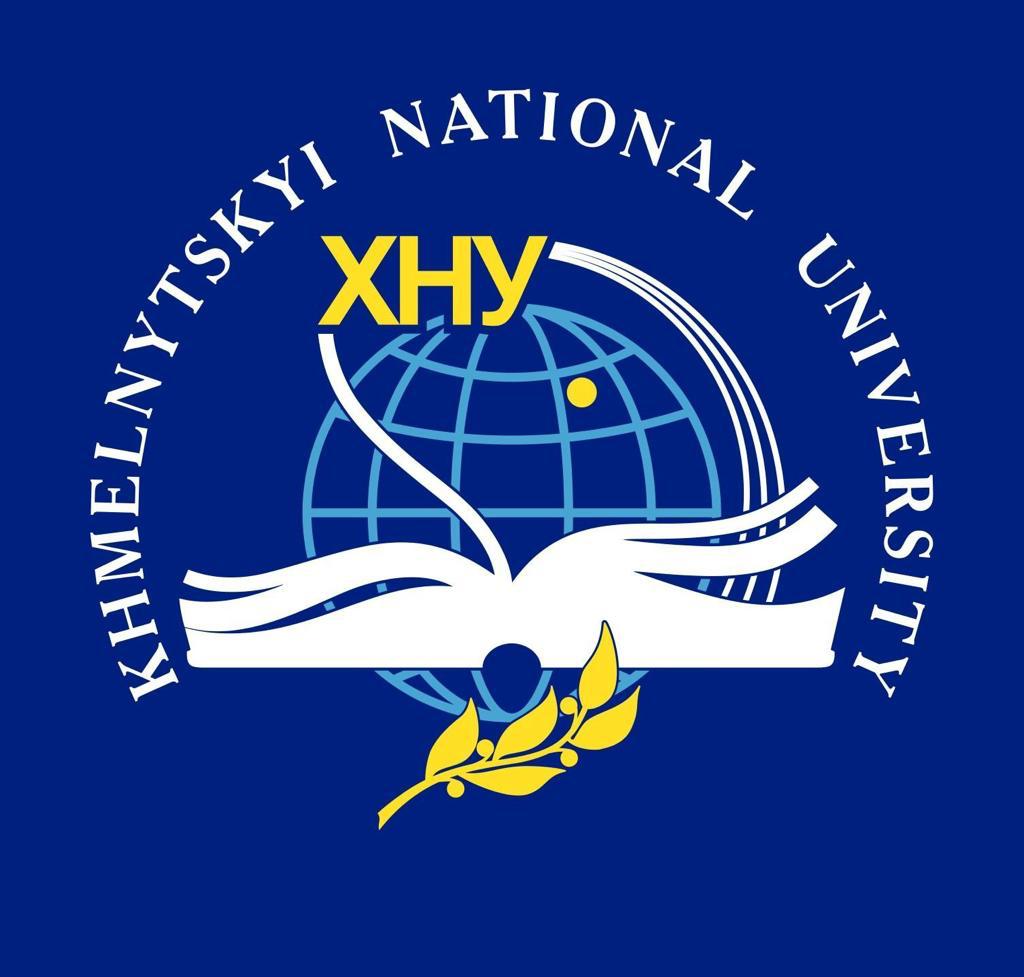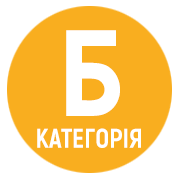Efficiency of the Training Program for Developing Volleyball Players' Coordination Abilities at the Stage of Specialized Basic Training
DOI:
https://doi.org/10.31891/pcs.2024.4.21Keywords:
coordination abilities, training, volleyball players, efficiency, performance indicators, pedagogical experimentAbstract
The search direction for effective training means is connected with the analysis of volleyball players' competitive activities, which involves solving coordinationally complex motor tasks in constantly changing conditions with a severe time deficit. A wide range of factors affecting the success of game activities underscores the importance of improving the mechanisms of adaptation and restructuring of the athlete's motor skills according to the demands of the game situation. To establish the effectiveness of a training program for developing volleyball players' coordination abilities at the stage of specialized basic training. Theoretical analysis and synthesis of scientific and methodological literature data, pedagogical observation, pedagogical experiment, and methods of mathematical statistics. The research was conducted at the Ivan Boberskyj Lviv State University of Physical Culture and VC "Lvivyanka-LSUPC-SKIF." Control of physical and coordination training indicators of volleyball players and analysis of competitive activities were performed according to developed protocols. During the study, a significant increase in the ability to maintain static balance (p<0.05) was observed in both the experimental and control groups. Conversely, the ability to adjust and adapt motor actions in volleyball players of the experimental group significantly increased over the experiment (p<0.05), whereas the control group showed no significant changes (p>0.05). The application of pedagogical technology for coordination training contributed to a higher growth rate of most specific training indicators in the experimental group of volleyball players. Significant improvement in specific training (p<0.05) was found in almost all indicators in both groups. Building the training of volleyball players at the stage of specialized basic training with a predominant focus on developing coordination abilities allows for improving several investigated indicators chosen as criteria for coordination training. However, the degree of response to targeted pedagogical influence was different. The most dynamic indicators of coordination abilities include the accuracy of controlling spatial-temporal and dynamic movement parameters, the speed of complex reactions in choice conditions, and the indicator of specific coordination abilities. Indicators of spatial orientation, vestibular stability, and general motor experience showed somewhat lesser changes under the influence of the experimental training program.
References
Baik, M., Polishchuk, L., & Nahorna, V. (2014). Coordination abilities as the main component of high-class athletes' preparedness in game sports (on the example of billiards and tennis). Science in Olympic Sport, 3, 8-12.
Bezmylov, M., Shynkaruk, O., & Zhigon, Sh. (2020). Features of basketball players' selection at the stage of specialized basic training. Physical Education, Sports and Health Culture in Modern Society, 2(50), 93-102.
Boiko, T. (2012). Development of coordination abilities as one of the important forms of volleyball players' training. Bulletin of Chernihiv National University. Series: Pedagogical Sciences. Physical Education and Sports, 98, 158-161.
Boichuk, R., Bykovska, L., Samolenko, T., & Belyavskyi, I. (2017). Structure of the relationship between technical-tactical and coordination training indicators of student volleyball players. Bulletin of Chernihiv National Pedagogical University. Series: Pedagogical Sciences. Physical Education and Sports, 147(2), 153-156.
Boichuk, R. I., Korop, M. Y., Vintoniak, O. V., & Hrabchuk, A. (2020). Preconditions for successful teaching of sports games techniques to schoolchildren. Bulletin of Chernihiv National Pedagogical University. Series: Pedagogical Sciences, 10(166), 246-251.
Hrynchenko, I. B., Siryi, O. V., Tykhonova, A. O., & Tykhonov, A. I. (2021). The use of acrobatic-oriented exercises in the training process of young volleyball players aged 12-14. Sports Games, 4(22), 34-44.
Hudyma, S., Bondar, Ya., & Perepylytsia, O. (2015). Modern directions of improving physical training in team sports games. Physical Culture, Sports, and Health of the Nation, 1(19), 115-120.
Yermakov, S. (2001). Models of biomechanical systems in organizing effective athlete actions. Pedagogy, Psychology, and Medical-Biological Problems of Physical Education and Sports, 17, 40-47.
Kolumbet, A. N. (2012). Theoretical and methodological approaches to the development of coordination abilities of young people. Pedagogy, Psychology, Medical-Biological Problems of Physical Education and Sports, 4, 62-65.
Kostiukevych, V. (2014). Theory and methodology of sports training (on the example of team sports). Educational manual. Vinnytsia: Planer.
Lynets, M., & Hnatchuk, Ya. (2017). Improvement of the physical preparedness of qualified volleyball players. Physical Activity, Health and Sport, 4(30), 41-49.
Melnyk, A. (2021). The role of coordination abilities of volleyball players in performing defensive actions. Problems and Prospects for the Development of Sports Games and Martial Arts in Higher Educational Institutions, 1, 55-58.
Ovcharenko, S., Solovey, D., Matyash, V., & Yakovenko, A. (2020). Improvement of coordination abilities development in young football players at the stage of specialized basic training. Dniprovskyi Sports Bulletin, 1, 68-75.
Serhiienko, L., & Lyskevska, V. (2010). Control of human coordination abilities development (review of foreign testing technologies). Slobozhanskyi Scientific Sports Bulletin, 4, 107-113.
Downloads
Published
How to Cite
Issue
Section
License
Copyright (c) 2024 Віталій КОВЦУН , Василь КОВЦУН , Ярослав ГНАТЧУК

This work is licensed under a Creative Commons Attribution 4.0 International License.





